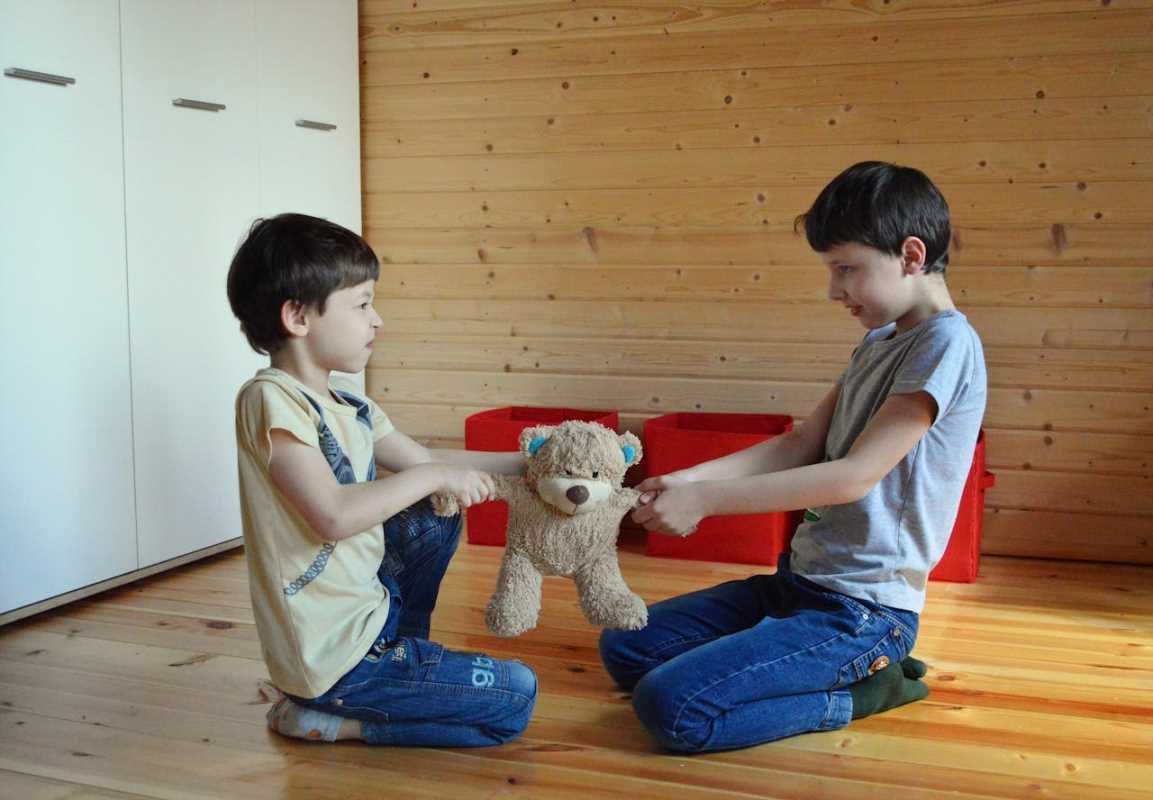Tradition forms a unique thread in each family’s story. Birthday songs, Friday night dinners, and annual reunions—these rituals give families common ground, weaving together generations with routines both big and small. They create a sense of belonging and continuity, providing comfort and stability in an ever-changing world. At the same time, every person brings a different perspective, evolving preferences, and their own experiences into the mix.
Personal growth, cultural shifts, and new life stages invite fresh approaches, ideas, or priorities. Families face a real challenge: How do you protect what matters most in your traditions while also respecting each person’s individuality?
Traditions: More than Repetition
Family rituals provide stability, familiarity, and a sense of identity. They help children understand their roots and teach values like gratitude, kindness, or generosity. Think about baking cookies with a grandparent each December, yearly photo sessions under the same tree, or gathering every summer for a camping trip. Such events become milestones that ground us and create lasting, cherished memories.
Traditions also serve as emotional anchors. They offer a feeling of consistency, especially during challenging or transitional times. After a stressful year or a big life change, knowing that your family will gather for a special meal or holiday celebration can bring enormous comfort.
Yet, traditions are not stagnant—they evolve over time. Younger generations might feel less connected to certain rituals than their elders do, or new family members may join with customs of their own. Without room for growth, traditions risk losing meaning, becoming rigid, or even causing tension when they no longer resonate with everyone involved.
Why Conflicts Happen
Everyone wants their voice heard—especially on customs that shape family life. Tensions often arise when differing priorities, lifestyles, or beliefs clash with long-standing traditions. Understanding the reasons behind these differences can help families navigate them with empathy. Some common causes include:
- Cultural Blending: Marriages and partnerships often introduce new holidays, practices, or expectations. For example, celebrating Diwali or Lunar New Year alongside Christmas might bring excitement to some family members but feel unfamiliar or challenging to others.
- Changing Diets or Beliefs: Dietary preferences or lifestyle choices can complicate once-simple traditions. A teenager becoming vegetarian or a family member exploring new religious or spiritual practices can require adjustments to what once felt like routine rituals.
- Different Priorities: Work schedules, travel, friendships, or personal interests may shift how family members prefer to spend their time. A young adult juggling a demanding job might prefer skipping a long-standing Sunday dinner, while another family member may prioritize socializing with peers over attending a traditional family gathering.
Take, for instance, the example of regular Sunday dinners. For decades, a family might gather every week for roast chicken and lively conversation. As children grow older, one might request plant-based meals, another could prioritize spending Sunday evenings with friends, and a new partner might have their own family tradition at the same time. Without open communication and willingness to adapt, the once-loved routine risks falling apart, potentially causing hurt feelings or frustration.
Mapping Out a Path Forward
Balancing tradition with personal preferences is entirely possible—and worth the effort to create harmony. It requires openness, flexibility, and a shared commitment to honoring both the old and the new. Here are several practical steps families can take:
Invite Open Discussion
Set aside time for an honest group conversation where everyone can share their thoughts and feelings. Ask open-ended questions like: Which traditions mean the most to you? Which ones feel less important or even uncomfortable? What new ideas or practices would you like to introduce? Listen without judgment, taking note of any points of agreement or areas where compromise may be needed.
Identify What’s Essential
Not every part of a tradition holds the same level of significance. Focus on identifying the core aspects that matter most to everyone. For example, maybe the holiday meal itself is more important than sticking to specific recipes, or the act of gathering together matters more than the specific activities planned. By narrowing in on what’s truly meaningful, families can keep what’s most valuable while leaving room for change elsewhere.
Brainstorm Together
Once priorities are clear, work together as a family to brainstorm adaptations or new versions of traditions. Instead of abandoning long-standing rituals altogether, experiment with hybrid versions that honor both the past and present. Some examples might include:
- Swapping in plant-based dishes for a traditional cookout so that all diets are welcomed and respected.
- Rotating holiday locations or hosts each year to give everyone a chance to share their unique ideas and preferences.
- Adding new customs, such as a gratitude circle, digital photo sharing, or volunteering as a family to give back to the community.
Respect Individual Choices
Participation in traditions should never feel forced. Make space for family members to opt out without guilt or judgment. If someone needs a break from a particular ritual, allow them the flexibility to rejoin on their own terms. Establishing these boundaries fosters trust and reinforces the idea that everyone’s perspective matters.
Real-Life Solutions
Balancing family traditions with individual choices may seem daunting, but many families have found creative, thoughtful solutions that work for everyone. Here are a few real-life examples:
- Cultural Mix: A multicultural family alternates holiday celebrations each year to embrace all traditions—Diwali one year, Hanukkah the next—inviting everyone to participate and learn together.
- Annual Variations: An extended family decides to rotate their summer reunion activities, switching between camping in the mountains, city sightseeing, and backyard barbecues to keep things fresh and inclusive.
- Blended Meals: When a teenager in the family becomes vegetarian, they offer to prepare a few plant-based dishes for holiday gatherings, encouraging everyone to explore new flavors alongside the traditional fare.
Encouraging Ongoing Flexibility
Adapting family life to accommodate both traditions and individuality is not about erasing what’s old or standardizing to the lowest common denominator. Instead, it’s a continuous process of growth and collaboration. Families can take these additional steps to maintain harmony over time:
- Check in Before Major Events: Regularly revisit family traditions to ensure they still resonate and meet everyone’s needs.
- Highlight Shared Values: Emphasize connection, care, and respect as the core principles behind every tradition—no matter how it evolves.
- Celebrate Creativity: Encourage family members to introduce new ideas, knowing that some
Finding the right balance between honoring meaningful traditions and embracing the individuality of each family member takes intention, empathy, and effort. Embracing change doesn’t mean letting go of the past; it means allowing traditions to grow alongside the people they connect.
 (Image via
(Image via





